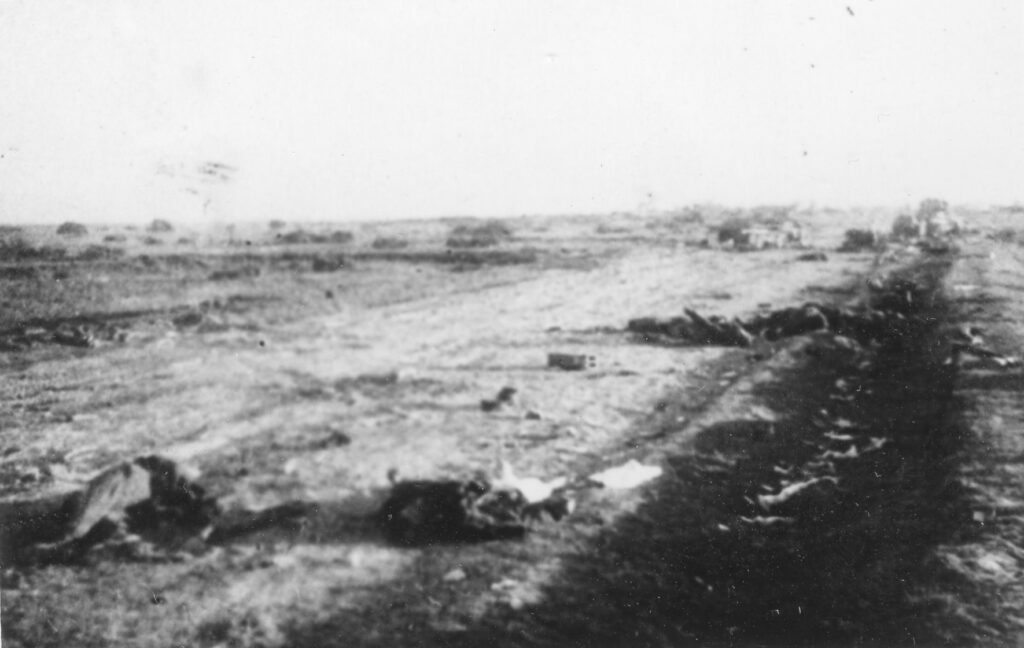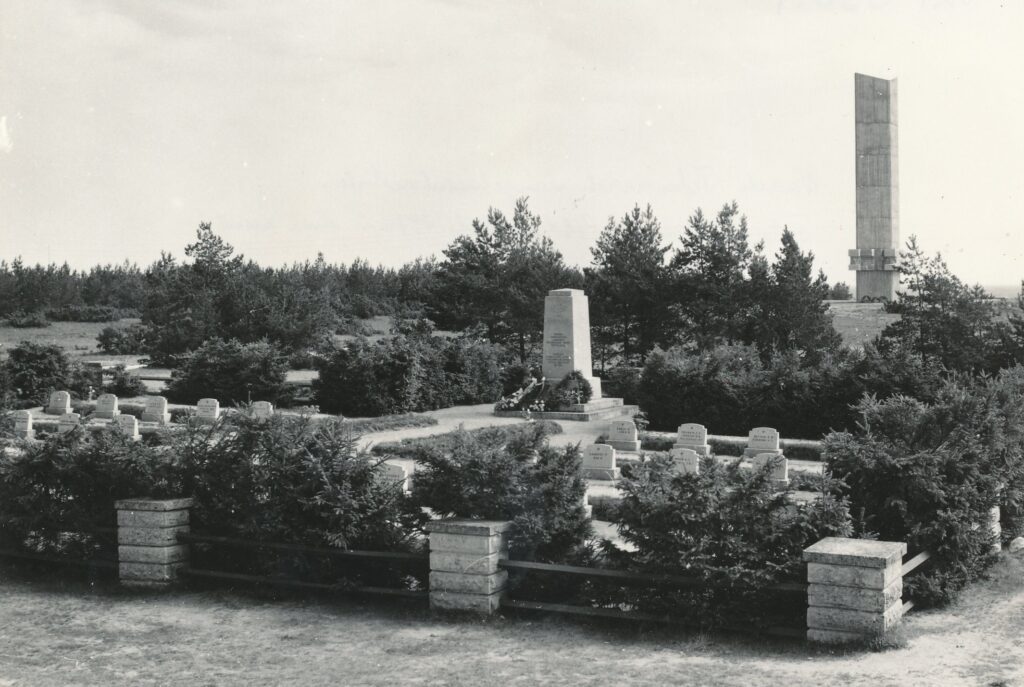The night battle of Tehumardi between units of the Red Army’s Estonian Rifle Corps and a retreating German battalion in the late evening of 8 October 1944 was a casual and strategically insignificant encounter – it was bloody, but without major military results. The battle took place in the final phase of the war here, when the Red Army had already conquered mainland Estonia and had just advanced across the Strait of Finland to Saaremaa.

Soviet units, including two divisions of the Estonian Infantry Corps with a majority of Estonians, chased the retreating German units towards the Sõrve gorge. The battle erupted unexpectedly when a German battalion that had been left behind by its comrades-in-arms was confronted by units of the Red Army’s Estonian Rifle Corps. In the dark and misty conditions, the Red Army initially mistook the German units for their own; they allowed the Germans past their own entourage and even cleared a path for them. Then the tense situation exploded and the first surprise shots escalated into fierce hand-to-hand fighting. Tanks and guns, rifles and grenades, shovels and fists were used. The battle rage lasted through the night and by early morning had left several hundred Estonians, Germans and Russians dead on the battlefield, estimated at about 200 on one side and 200 on the other. Despite the superiority of the Red Army, the outcome of the battle remained unclear. Although the infantry corps continued to dominate the battlefield, the remnants of the German battalion managed to retreat to Sõrve.
In the Red Army command posts the battle was considered a failure, an unplanned clash that did not speed up the conquest of Saaremaa, but slowed it down. However, the Soviets were quick to realise the symbolic potential of the battle. At Tehumardi, the Soviet unit, composed mainly of Estonians, fought a purely German unit (there were no Estonians known to be among the latter) and, unlike the Emajõgi battles of August and September 1944 (where Estonians fought on both sides of the front), there was no element of ‘brotherly help’. Tehumardi thus provided an excellent opportunity to associate the Red Army victory with the myth of the “700-year slave night” and to present the establishment of Soviet power with the support of the Red Army as an “Estonian thing”.
Already in November 1944, the newspaper Saarte Hääl wrote about the night battle as an “heroic” act that had sprung from “hatred against a centuries-old blood enemy – the German robber-conqueror”, asserting that “just as centuries ago Lembitu and Tasuja were chopping off the heads of the Germans, so now the Estonian soldiers of the Red Army were killing the followers of the knights”. The creators of the Soviet interpretation of history quickly mobilised this “primordial hatred” in the service of the new socialist order, creating a kind of Soviet Estonia’s Võnnu battle out of the Battle of Tehumardi, where, in the words of the legendary radio and television journalist Valdo Pant, “a 700-year-old debt was repaid”.

